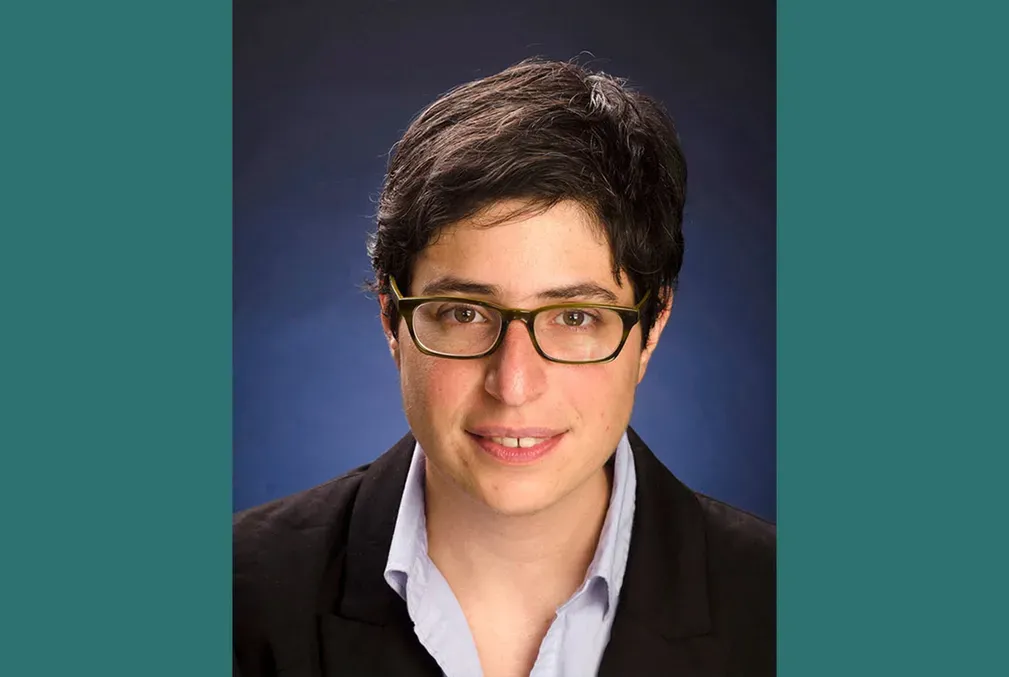
Stanford professor’s new book examines cultural and social effects of Bangalore’s transformation after economic liberalization
In her new book, Jisha Menon, associate professor of theater and performance studies, uses artwork and conversations with citizens to explore the cultural and social effects of economic liberalization in urban India.
Jisha Menon grew up in Bangalore (Bengaluru), India. Bangalore was once called the Garden City, but now it has become the country’s tech capital. Menon, the Fisher Family Director of Stanford Global Studies and associate professor in the Department of Theater and Performance Studies in the School of Humanities and Sciences (H&S), witnessed the city’s transformation as IT companies, such as Texas Instruments, based their headquarters there in the 1980s.
But it wasn’t until more than two decades later, while working on an adaptation of Anton Chekhov’s play The Cherry Orchard with local actors in Bangalore, that she realized the breadth of stories there were to tell about urban transformations, particularly in India.
Menon’s book, Brutal Beauty: Aesthetics and Aspiration in Urban India (Northwestern University Press, 2021), illustrates how aspirations to remake Bangalore into an idealized image of a modern city—and the actual metamorphosis that transpired—had unpredictable and sometimes unintended effects. Menon views these changes through the lens of several aesthetic projects in Bangalore designed to remodel and remake the city.
Hype versus reality
“The disconnect between the rhetoric of Bangalore as a global city and the contradictions of what that meant” for the people who lived there prompted Menon to write Brutal Beauty, she explains.
Bangalore’s transformation into a burgeoning global city created an atmosphere of excitement and opportunity for people in the region, Menon explained. At the same time, it also posed several problems. Menon’s book explores the energy and creativity of urban entrepreneurs as well as the challenges faced by the citizens of Bangalore as they grapple with the radical social and spatial changes of the developing city.
The concept of neoliberalism is a central theme in Menon’s book. Neoliberalism typically refers to the shifting relationship between the state and the market. Yet this description overlooks a significant part of the story: aesthetics.
In Brutal Beauty, neoliberalism refers to foreign policies enacted in India the late 1980s and early 1990s related to investors, trade, investment, and tax reforms. These changes in policy significantly altered the social and spatial dynamics of Bangalore, and the city exploded into the current high-tech destination it is today.
The book addresses the aesthetic component of neoliberalism, Menon explains. For example, urban planning initiatives often use discourses of “beautification” to describe projects that ultimately wreak havoc upon the lives of citizens. These projects might tear down old buildings, decimate the tree cover, and replace them with wider roads or newer construction under the guise of making the city “more beautiful.”
“It has an anti-democratic effect because it implies that certain unsightly elements are going to be made invisible, whether that’s through demolition of slums or informal settlements, or by evicting street vendors selling fruit on the street corner,” said Menon. “I wanted to explore how this way of describing and discussing beauty is enabling certain kinds of violent practices like this.”
Menon uses art created by people living in Bangalore and other Indian cities as her lens to view the effects of urbanization and globalization in India.
“The question of aesthetics provides a crucial lens through which to understand the spatial aspirations of politicians, real estate entrepreneurs, development sponsors, and urban planners. As the city enlarges and morphs, absorbing peri-urban territories [between rural and urban lands] into its fold, it reconfigures the spatial contours and social dynamics of urban neighborhoods.”
In the book she discusses examples of photography, plays, videos, and sculptures that explore the experiences of people who are chronicling the city’s transformations through their artwork.
“The liberalization of the Indian economy radically altered the social, cultural, and political experience of inhabiting the city,” explains Menon. These economic changes are also reflected in the subject matter and the materials used to create the plays, sculptures, and other works of art made during the 1980s to today.
In her book, Menon describes the Stopover, an art installation created by Sheela Gowda and Christoph Storz. The art features large grinding stones that were once used in Indian households to pulverize spices and rice but have since been replaced by modern appliances such as blenders and electric mixers. As older homes in India were demolished to make way for roads and newer buildings, construction workers destroyed the structures but kept the grinding stones intact due to their cultural significance. Gowda and Storz gathered 170 of these 440-pound stones and scattered them in and around Aspinwall House, a large Arabian sea-facing heritage property that is the location of the Kochi Biennale.
“The displaced granite stones carry the memory of their former homes in Bangalore,” Menon explained. It’s a “layering of obsolescence and nostalgia that complicates linear and developmental accounts of the global city.”
The urban citizen
The citizens of Bangalore have also had to remake themselves in ways that complement their global environment.
In another example of art featured in the book, Menon interviews call center workers and also analyzes three plays and a documentary film that depicts the call center industry. Menon examines the effects of globalization on employees who impersonate U.S. and British identities to interact with customers in these countries. In addition to inhabiting a rapidly evolving global city, these call center workers impersonate new identities at their jobs. These employees undergo standard training to learn their job as well as language and cultural training to better impersonate British and American accents.
“The call center industry exemplifies that—‘performance’ in the form of impersonation becomes both a form of aesthetic and emotional labor as well as the yardstick by which employees are supervised, evaluated, and remunerated,” Menon explained.
“Brutal Beauty explores how aesthetics are crucial to the formation of new aspirational urban citizens in contemporary capitalism,” Menon said. “It is through new modes of sensorial address, new patterns of behavior, that citizens are reshaped to suit the demands of newly emerging capitalist society.”





